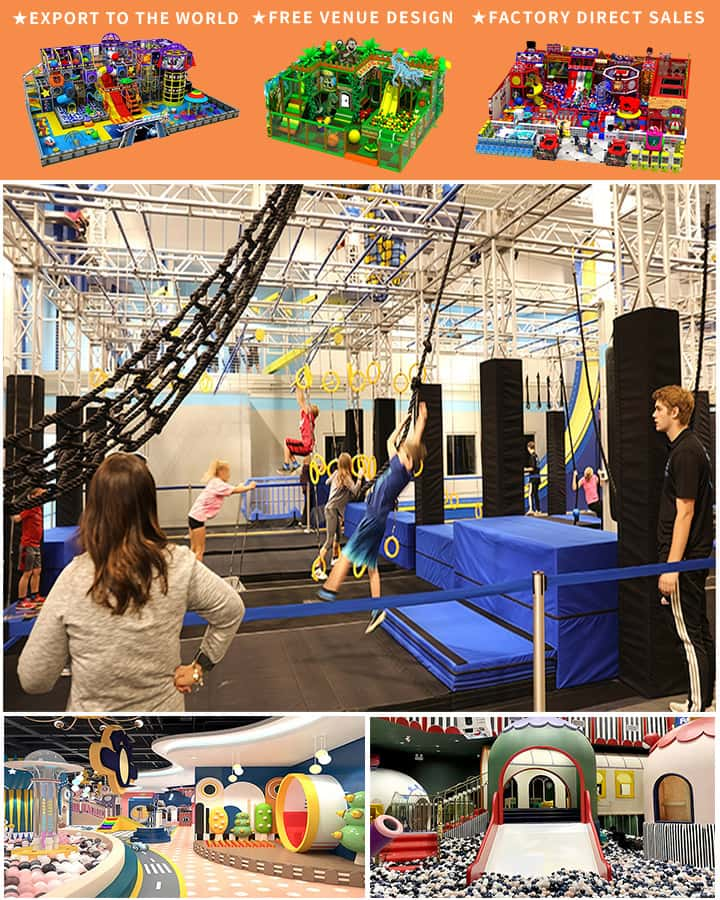Creating an engaging and safe playground is paramount for schools looking to foster physical activity, social skills, and overall well-being among students. With the right mix of games and equipment, schools can transform their playgrounds into dynamic spaces that encourage active play and imaginative fun. Here’s an insightful guide to selecting and utilizing playground games and equipment effectively.
1. Importance of Playground Games and Equipment
Playgrounds are more than just places where children burn off energy; they serve as crucial environments for developing motor skills, enhancing cognitive abilities, and building social connections. Incorporating diverse playground games and equipment helps cater to different age groups and interests, ensuring inclusive play experiences. Moreover, these facilities contribute significantly to a child’s emotional development by providing spaces for creativity and cooperation.
2. Types of Playground Equipment
- Traditional Swings and Seesaws: These classic pieces remain popular due to their simplicity and ability to accommodate various ages. Ensure swings have safety belts and soft landing surfaces to prevent injuries.

- Slides: From simple straight slides to elaborate spiral models, slides add excitement and help improve balance and coordination. Make sure they have gentle slopes and secure handrails.
- Climbing Structures: Climbing walls, ladders, and rope nets challenge children physically while boosting confidence and problem-solving skills. Safety measures like non-slip surfaces and sturdy construction are essential.
- Spinning and Rotating Equipment: Merry-go-rounds and carousel rides provide thrilling experiences, promoting vestibular system development. They should be designed with smooth rotation mechanisms and stable bases.
- Interactive Games: Basketball hoops, tetherball sets, and hopscotch grids encourage friendly competition and teamwork, fostering sportsmanship from an early age.
3. Selecting Age-Appropriate Equipment
Choosing equipment suitable for specific age ranges ensures both safety and enjoyment. Toddlers benefit from low-level, tactile experiences like sandboxes and small slides, while older kids may enjoy more challenging structures such as high-flying zip lines or multi-level climbing frames. It’s crucial to consider the physical capabilities and interests of the intended users when selecting playground features.
4. Incorporating Inclusive Design
Inclusive playgrounds accommodate children of all abilities, promoting equality in play. Features like wheelchair-accessible swings, sensory-rich panels, and adjustable-height basketball hoops ensure that every child can participate fully. Collaborating with accessibility consultants during the design phase can help create truly inclusive environments.
5. Maintenance and Safety Tips
Regular maintenance is vital to keep playground equipment in good condition and safe for use. Establish routine inspection schedules to check for wear and tear, loose parts, or potential hazards. Additionally, ensure compliance with local safety standards and regulations, such as ASTM International (F1487) guidelines for public playground equipment in the United States.
6. Encouraging Active Play
To maximize the benefits of playground equipment, encourage structured play activities alongside free exploration. Organize group games, sports tournaments, or themed playdays to engage students actively. Teachers and caregivers can facilitate these events, fostering community bonds and reinforcing positive behaviors.
In conclusion, thoughtfully designed playgrounds equipped with a variety of games and apparatus offer invaluable opportunities for children’s growth and learning. By prioritizing safety, inclusivity, and fun, schools can create vibrant outdoor spaces that inspire generations of young minds and bodies alike. Embrace the power of play – it’s not just about having fun; it’s about laying the foundation for healthy, happy futures.




